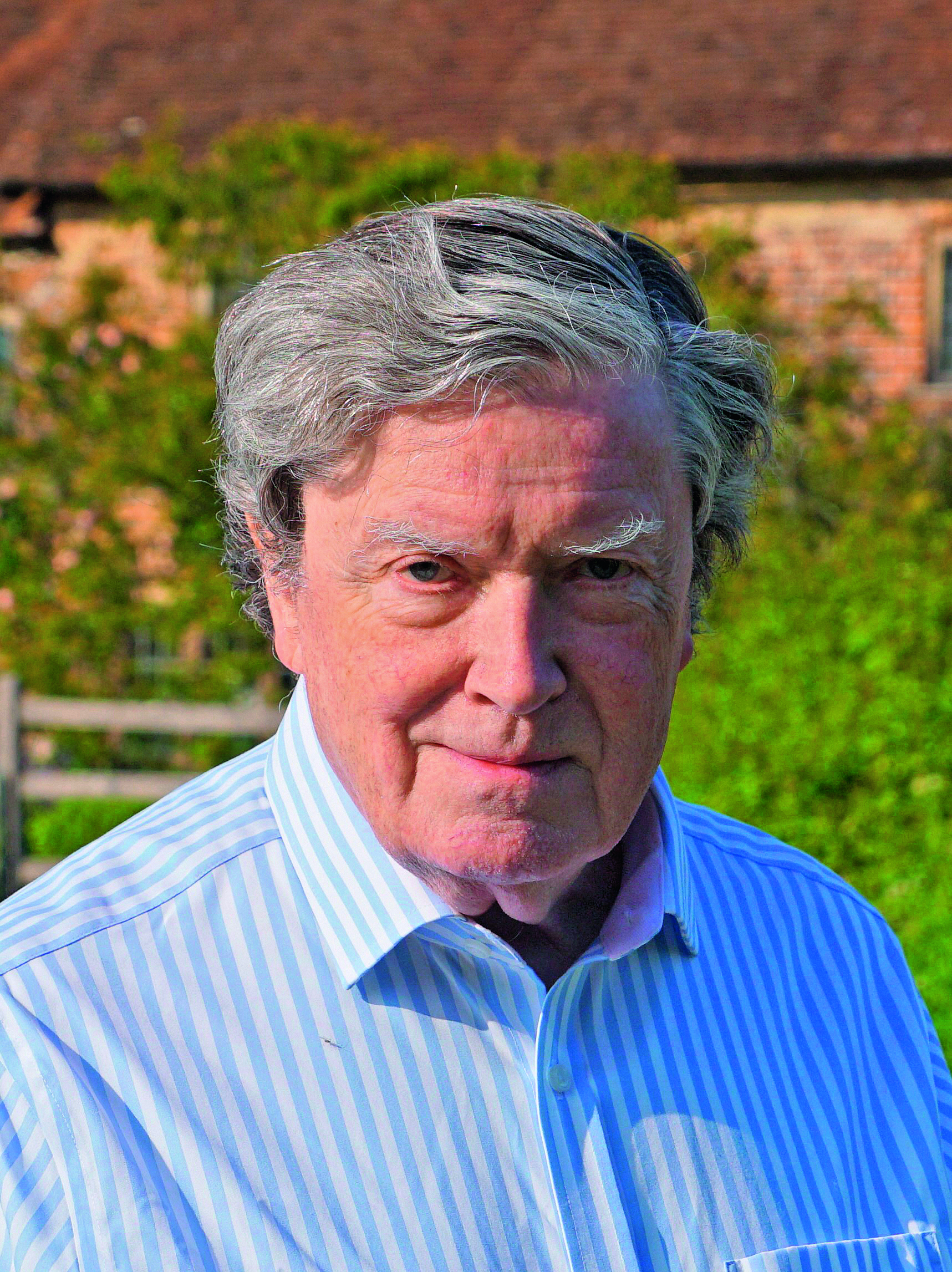'Prepare to be amazed' by a cathedral of autumn in the heart of Herefordshire
The garden at Hergest Croft, Herefordshire — home of Edward Banks — is an extraordinary collection of trees and shrubs, many of which are presents from distinguished friends, garnered over two centuries. Be prepared to be amazed, says Charles Quest-Ritson.
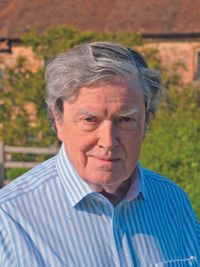
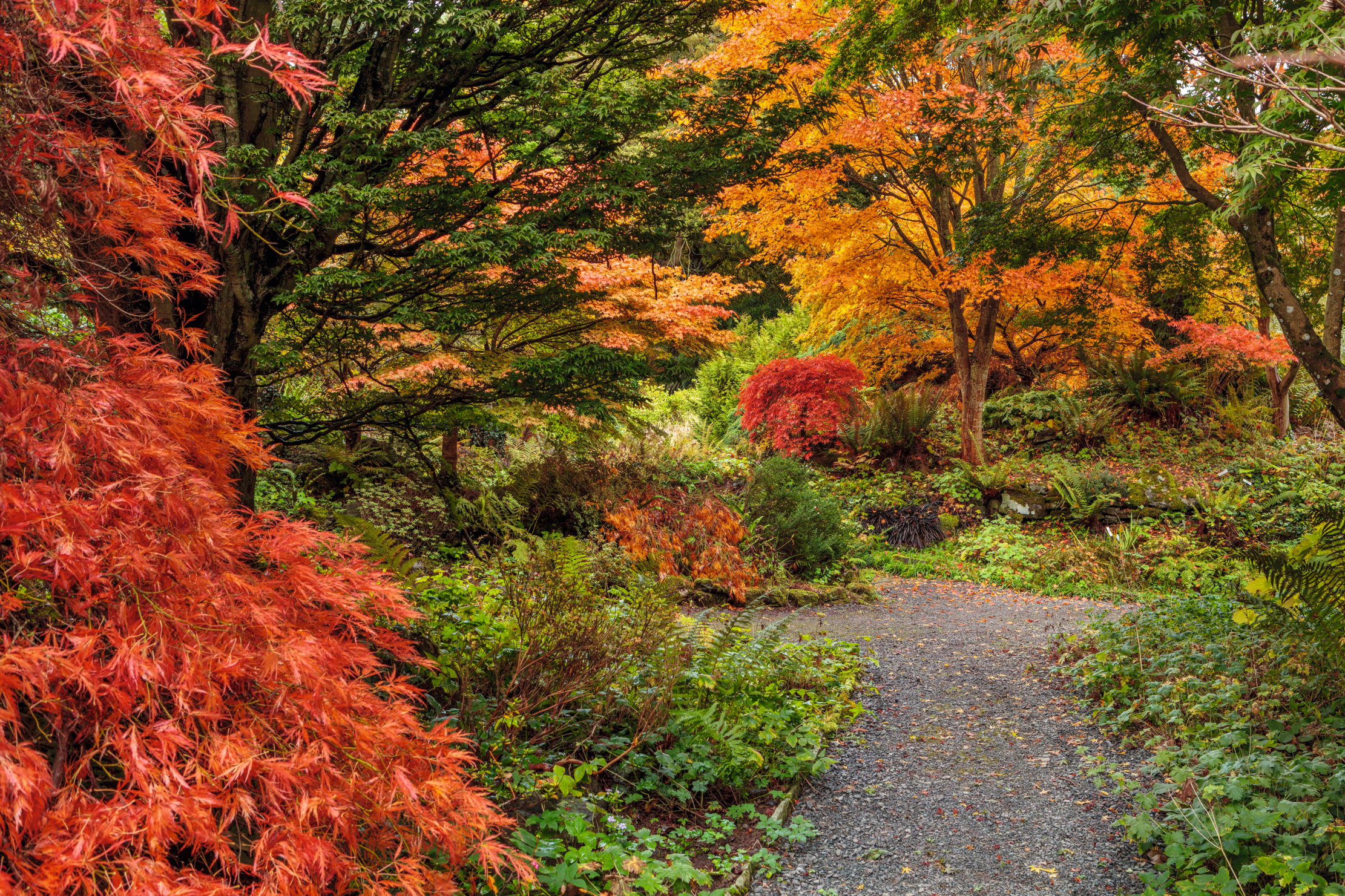
Some gardens are so large and full of interest that it is difficult to decide where to wander and what to look for. The Banks family garden, Hergest Croft near Kington in Herefordshire, is one such — Kew and Wisley are others; the only other privately owned garden in Britain to have more Champion Trees is Tregrehan in balmy Cornwall.
Lawrence Banks often observed that Hergest Croft is neither an arboretum nor a botanical garden, but a collection of trees and shrubs that have interested the family over the centuries. Every generation has had its enthusiasms and opportunities, and these contribute much to the character of today’s garden. Although it has been growing for about 150 years and famous for at least 100, it is not a designed garden — there is no master plan — but a classic example of a plantsman’s garden that has been made by putting plants not where they would ‘look good’, but where they will be happy and grow well.
Hergest Croft does have some attractive design features, including a proper old-fashioned kitchen garden (a working garden with no arty flourishes) and a small topiary garden designed by Lawrence’s wife, Elizabeth. The driveway up to the estate house Ridgebourne, lined with trees of the paper-bark maple Acer griseum, is unique among English gardens. The joy of the whole estate, however, is its amazing collection of plants, especially trees and shrubs. Its magic quickly possesses visitors, but you have to be prepared to come back time and again to appreciate the sheer number and variety.
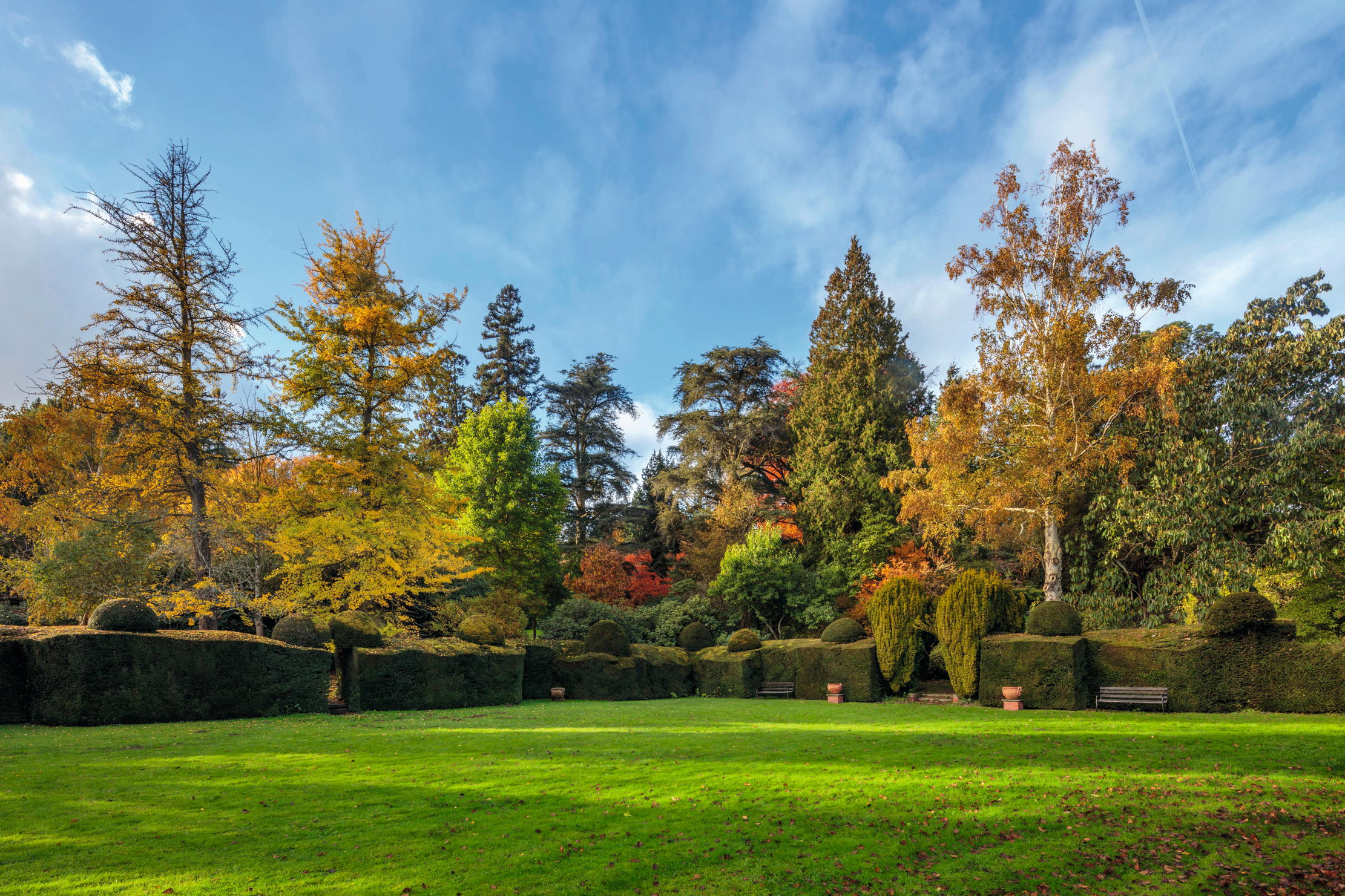
The Bankses were originally lawyers and bankers from Kent, sometimes said to be distant cousins of the Georgian botanist Sir Joseph Banks, but the connection is not proven. The first to come to Kington was Richard Banks in 1814; his son, Richard William Banks (1820–1891), moved to Ridgebourne in about 1860 and began to make a garden. In 1867, Richard planted a group of Douglas firs, Pseudotsuga menziesii, which survives today. His son, William Hartland Banks (1867–1930), was the first member of the family who might properly be classed as mad about plants — not only trees, but orchids, too.
It was William, when he married in 1894, who began to build a new house along the road from Ridgebourne and called it Hergest Croft. Both have fine views towards the Black Mountains, 20 miles to the south, and Offa’s Dyke runs along their northern boundary — the garden is at about 950ft on variable soil that, for the most part, is fairly light, stony and neutral.
William and his wife, Dorothy, were responsible for many of the older plantings that we see today, but they also built a fine rock garden, still a major feature. They began by taking in five acres of pasture for their garden, but soon burst out into the surrounding fields and incorporated another stretch of land running up towards the north-west. The plantings included a Canadian fir, Abies grandis, now more than 160ft tall despite twice losing its top growth. In 1900, they planted an avenue of conifers through what is now the Azalea Garden, with a Greek fir, A. cephalonica, which has so far reached 129ft.
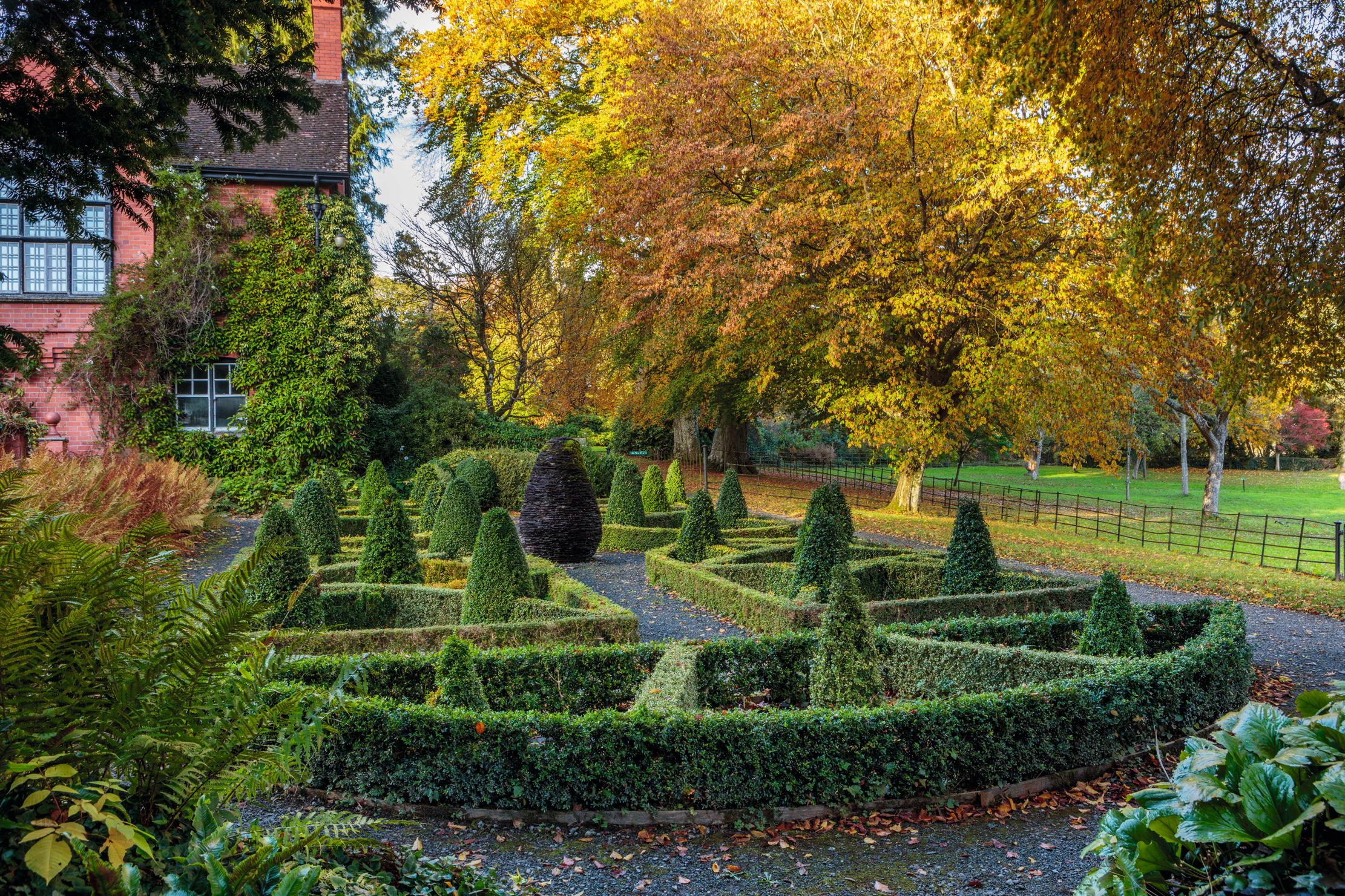
The period before the First World War was a golden age for plant introductions from the Far East. Hergest Croft benefited especially from ‘Chinese’ Wilson’s collections for James Veitch. Many plants, too, came from a neighbour and fellow enthusiast, Charles Coltman Rogers at Stanage, and more still from the Elwes family of Colesbourne in Gloucestershire.
Exquisite houses, the beauty of Nature, and how to get the most from your life, straight to your inbox.
In 1912, the Bankses were able to buy the Hergest estate, south of their existing holding, which included Park Wood, now the 30-acre site of a magnificent rhododendron collection. In the 1920s, William and Dorothy began to plant single-genus clumps of trees in the park — including ash, oak, horse-chestnut and maples — that now constitute ready-made study centres for the species and cultivars chosen.
Their son, Richard (Dick) Alford Banks (1902–1997), took over in 1947 — the house was requisitioned during the Second World War — and began to recover the garden from years of neglect. Dick had a special interest in maples and birches and the great numbers of both genera at (475 maples and 297 birches) are recognised by Plant Heritage as National Collections. Many of the species are record breakers. After he joined the International Dendrology Society (IDS) in the 1960s, Dick’s horticultural address book expanded internationally — Dick van Hoey Smith from the Netherlands and Robert and Jelena de Belder from Belgium were generous sources of new plants. So, too, were the great Hampshire nurseryman Sir Harold Hillier and plantsman Dr James Smart from Marwood Hill in Devon.
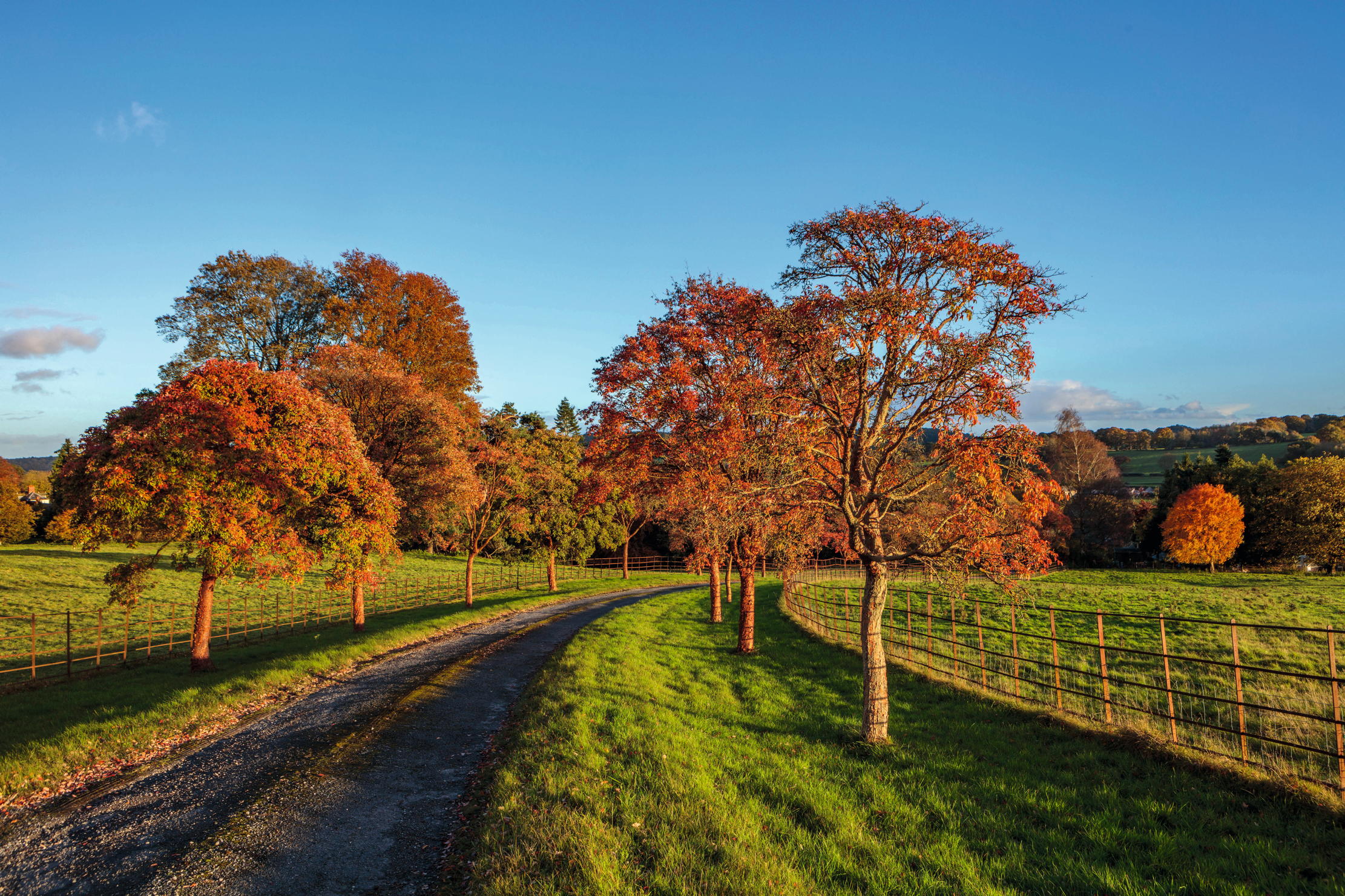
In 1988, Dick passed the estate to his son, Lawrence (1938–2022), who was already treasurer of the RHS, of which his wife, Elizabeth, was later to become president. Hergest Croft now belongs to their son, Edward, another keen plantsman who is, among many interests, treasurer of the Linnean Society of London.
The reopening of China in the 1980s sent a scurry of plant lovers and hunter-botanists in search of the riches of the Chinese flora. Hergest Croft benefited enormously from the generosity of the many friends that Lawrence and Elizabeth made through their connections in the horticultural world. Roy Lancaster, Chris Brickell and Tony Schilling were among the friends who gave seeds and plants to the Bankses, who expanded the garden by thickening up the plantings in the Maple Grove. Many of the young plants here are extremely rare in the wild: there are fewer than 21 Betula chichbuensis, rated as Critically Endangered on the IUCN Red List, and no more than 25 B. murrayana, a recent species that evolved through natural hybridisation.
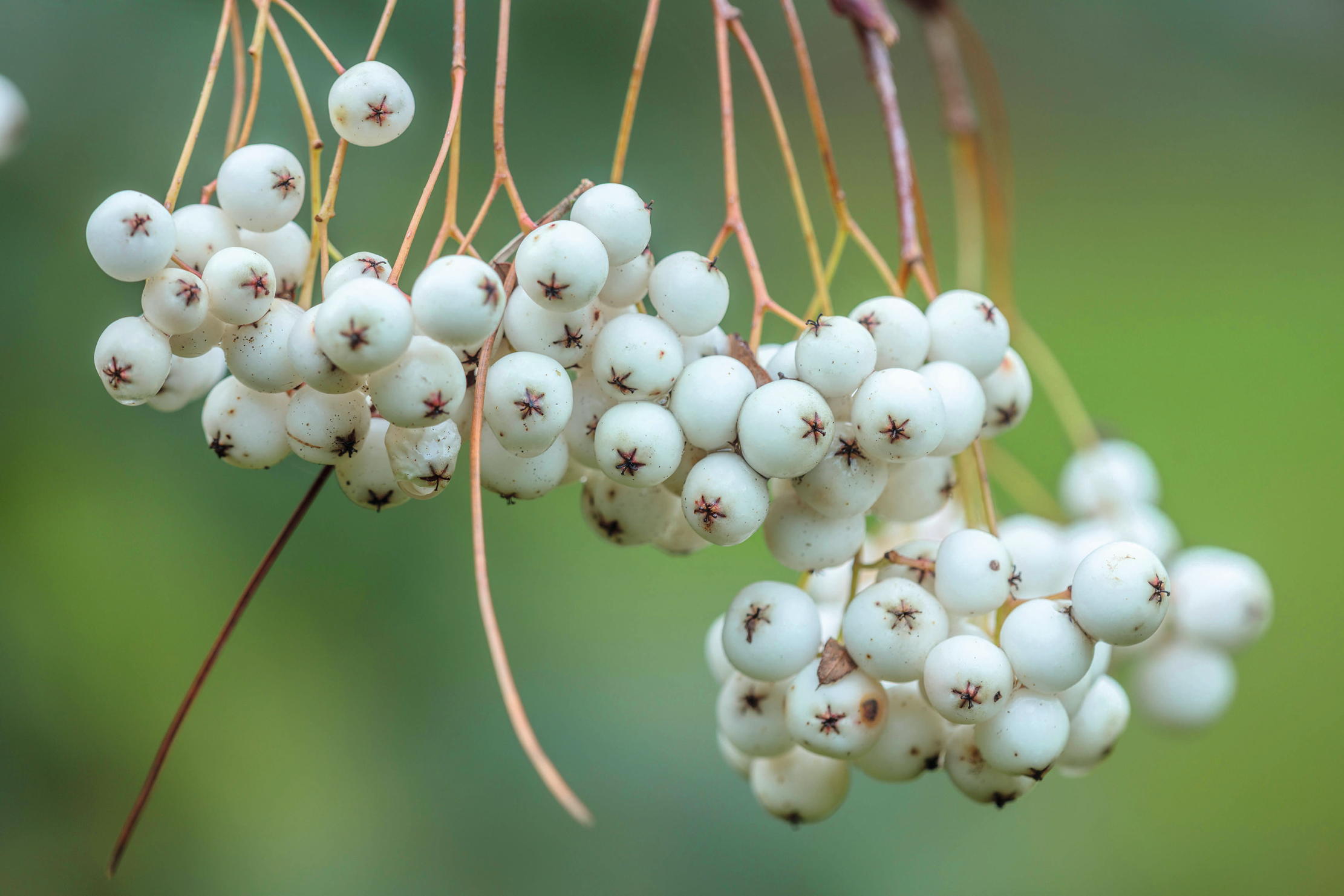
The genus Sorbus has for long been a source of taxonomic wrangling among botanists — should the mountain ashes such as our native S. aucuparia really be in the same genus as our whitebeam S. aria? The debate has been prolonged by many of the modern introductions from China. However, if you would like to see most of these handsome trees of novel naming, Hergest Croft is a good place to begin. S. henryi ‘Emei Shan’ and S. pallescens, collected by Roy Lancaster, have flourished here; both have recently been transferred to a taxonomic split-off called Griffitharia, although some botanists still prefer to place them with Sorbus in the broad sense.
Hergest Croft is maintained by a staff of five, including young Rowan Griffiths, a passionate plantsman who won the RHS’s Roy Lancaster Award in 2023. The labelling of plants is excellent throughout, clear, accurate, well placed and backed by detailed record keeping — there is a charming habit of continuing to call parts of the garden after features that have long since disappeared. There are no more Michaelmas daisies in the Daisy Border or sycamores in the Sycamore Walk, but you will most certainly find many other horticultural excitements instead.
When to visit Hergest Croft
There are so many wonderful trees and shrubs at Hergest Croft — some 5,500 woody plants, with perhaps another 100 added every year — that it is rewarding to explore at every season. Autumn is a good time for a first visit. The leaves start to change colour in September, but some species, such as the ancient Zelkova serrata, now 68ft high and showing no sign of Dutch elm disease, continue to give good value well into December.
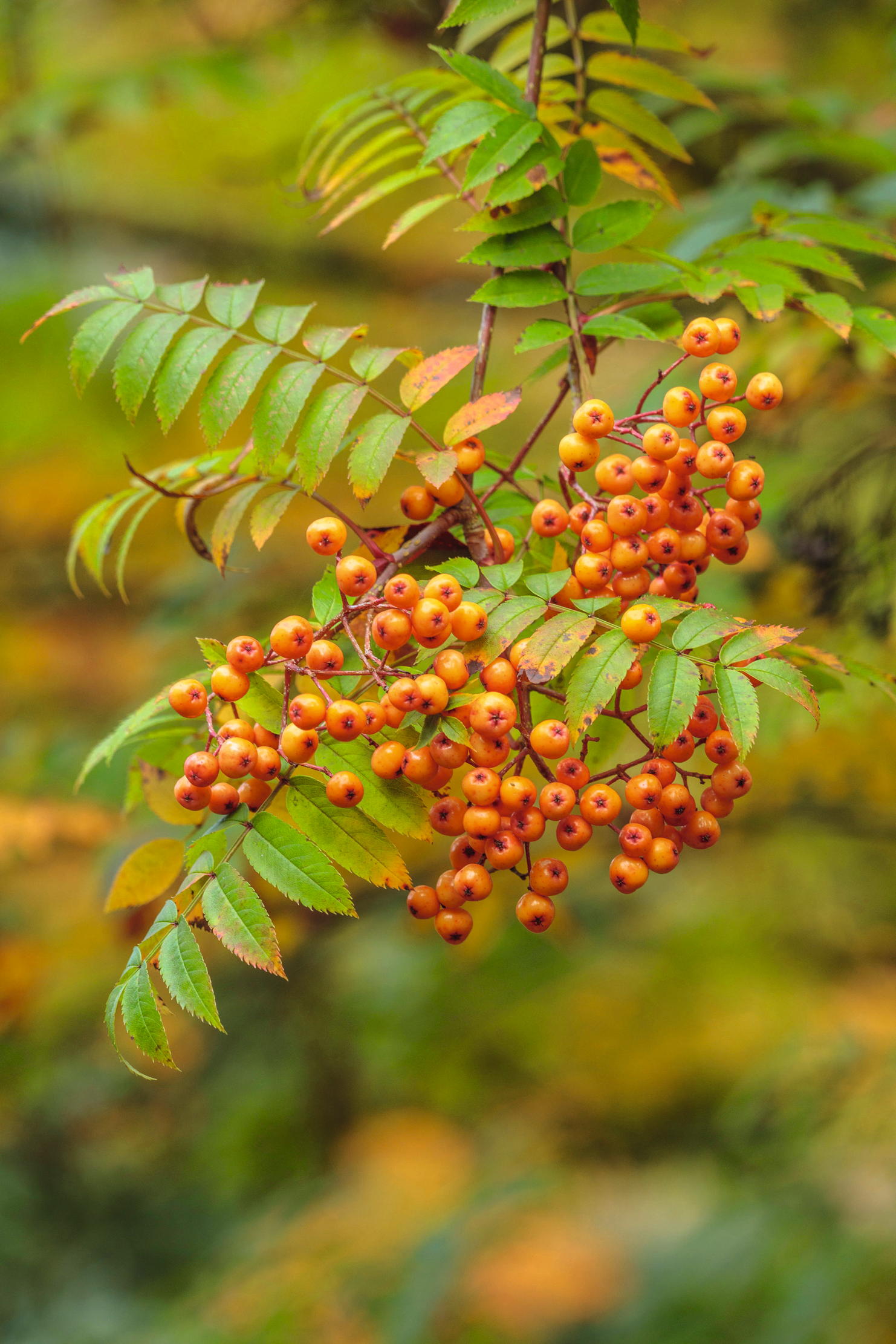
Late spring is the season to see Park Wood’s massive display of mature rhododendrons, protected by ancient oak woodland. Then there are bulbs everywhere, throughout the garden, especially in spring—a snowdrop collection with many forms of Galanthus nivalis and G. plicatus, Scilla bifolia naturalised in the grass and S. siberica all over the rock garden. Later come daffodils and Anemone appenina.
For opening times, visit www.hergest.co.uk.
The record-breaking trees you can't miss at Hergest Croft
Walk up through the Maple Grove and Azalea Garden. There is no itinerary — no obvious sequence to follow, simply wander hither and thither, around and back again, as more and more interesting trees, shrubs and prospects beckon. Near the top is a plant of Acer × freemanii, a natural hybrid maple collected by Lawrence Banks in Ontario. This is a cross between Acer rubrum (the red maple) and A. saccharinum (the silver maple), and he also collected a fine seedling of A. rubrum itself growing by the roadside in New Brunswick.
Nearby Acer micranthum, a charismatic maple always popular among experts for its fiery autumn colours, was a gift from the de Belders, who grew it from seed from the Chollipo arboretum in Korea. Here, too, are some exceptional birches: Betula utilis subsp. albosinensis collected by ‘Chinese’ Wilson more than 100 years ago, with a gleaming trunk that is the colour of dark honey; B. ermanii ‘Fincham Cream’, selected for its pretty pale bark; and a shrubby B. medwediewii of great size — 15ft high, but 40ft in spread. At Hergest Croft, it tends to form layers and to collapse if it is too extended.
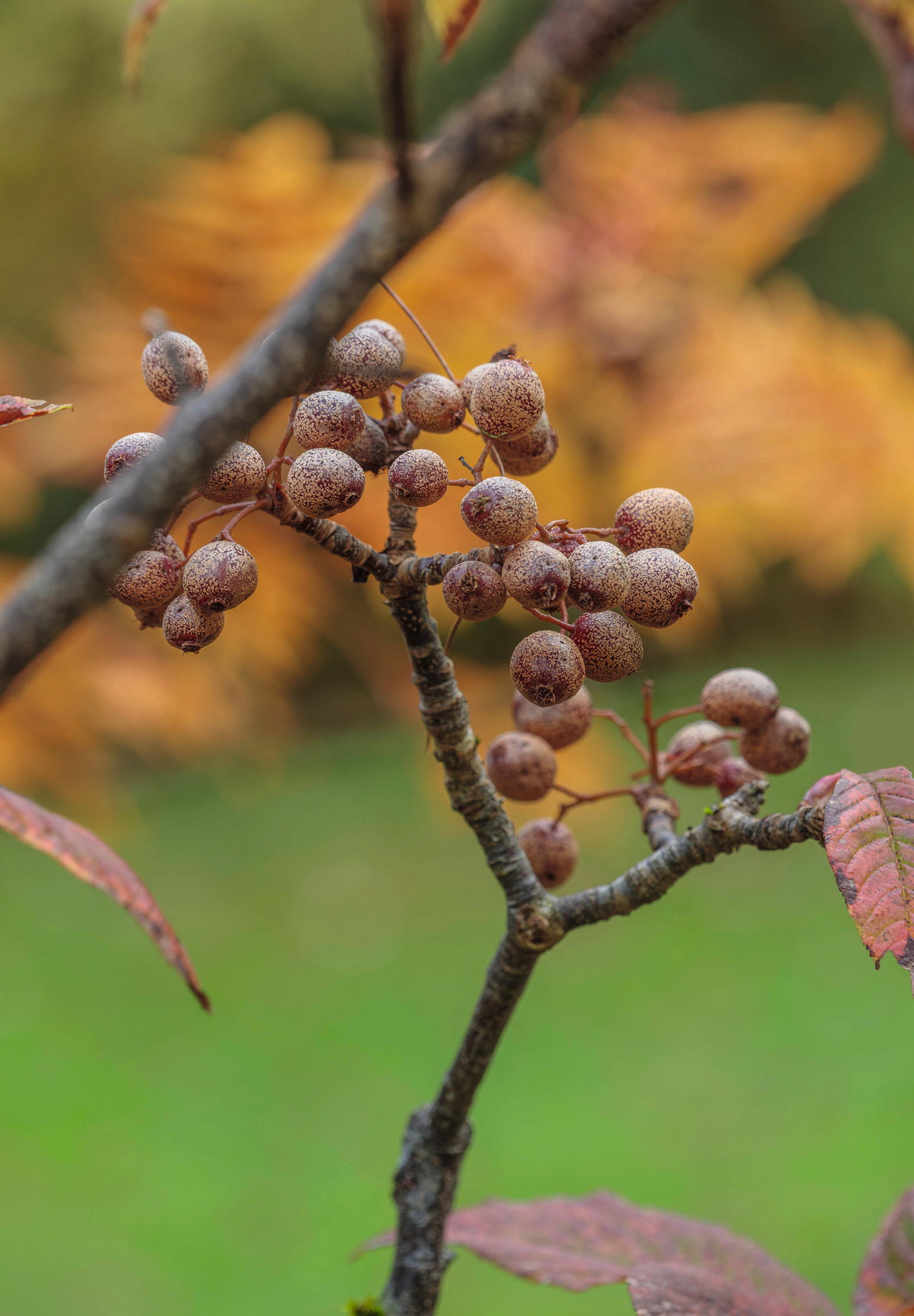
In the Azalea garden is one of two record-breaking specimens of Davidia involucrata, the handkerchief tree, planted in 1905 and now 71ft tall. Here, too, is the rare Juglans × intermedia ‘Vilmoreana’, an advertisement for hybrid vigour that is a cross between the American black walnut and the European or English walnut that also dates to Edwardian times and is 93ft tall.
Other record breakers include two elegant weeping junipers, nearly 60ft high, of J. recurva ‘Coxii’, which is prized in China for making the most expensive coffins, and an amazing California strawberry tree Arbutus menziesii at 87ft. (Our native Irish arbutus, A. unedo, is usually no taller than 30ft.) There is also an enormous specimen of Eucommia ulmoides, usually a mere shrub, but sometimes described as the hardy rubber tree because, when you break a leaf and fold it back, the two halves are held together by strands of latex that smell of rubber when burnt.
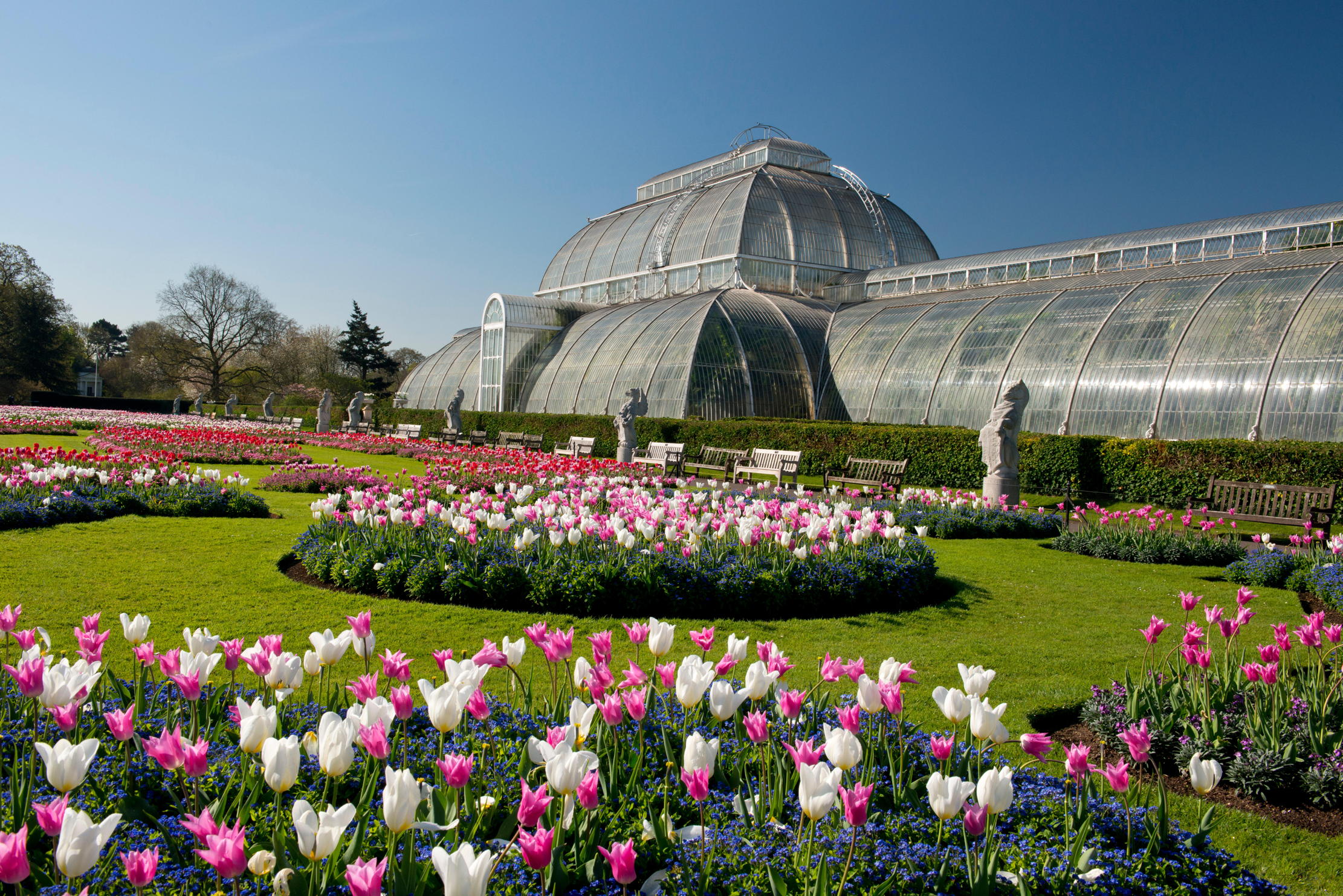
The Legacy: Sir Joseph Banks, the naturalist who created Kew
The Lincolnshire landowner who was described by David Attenborough as a 'passionate naturalist' and 'the great panjandrum of British science'.
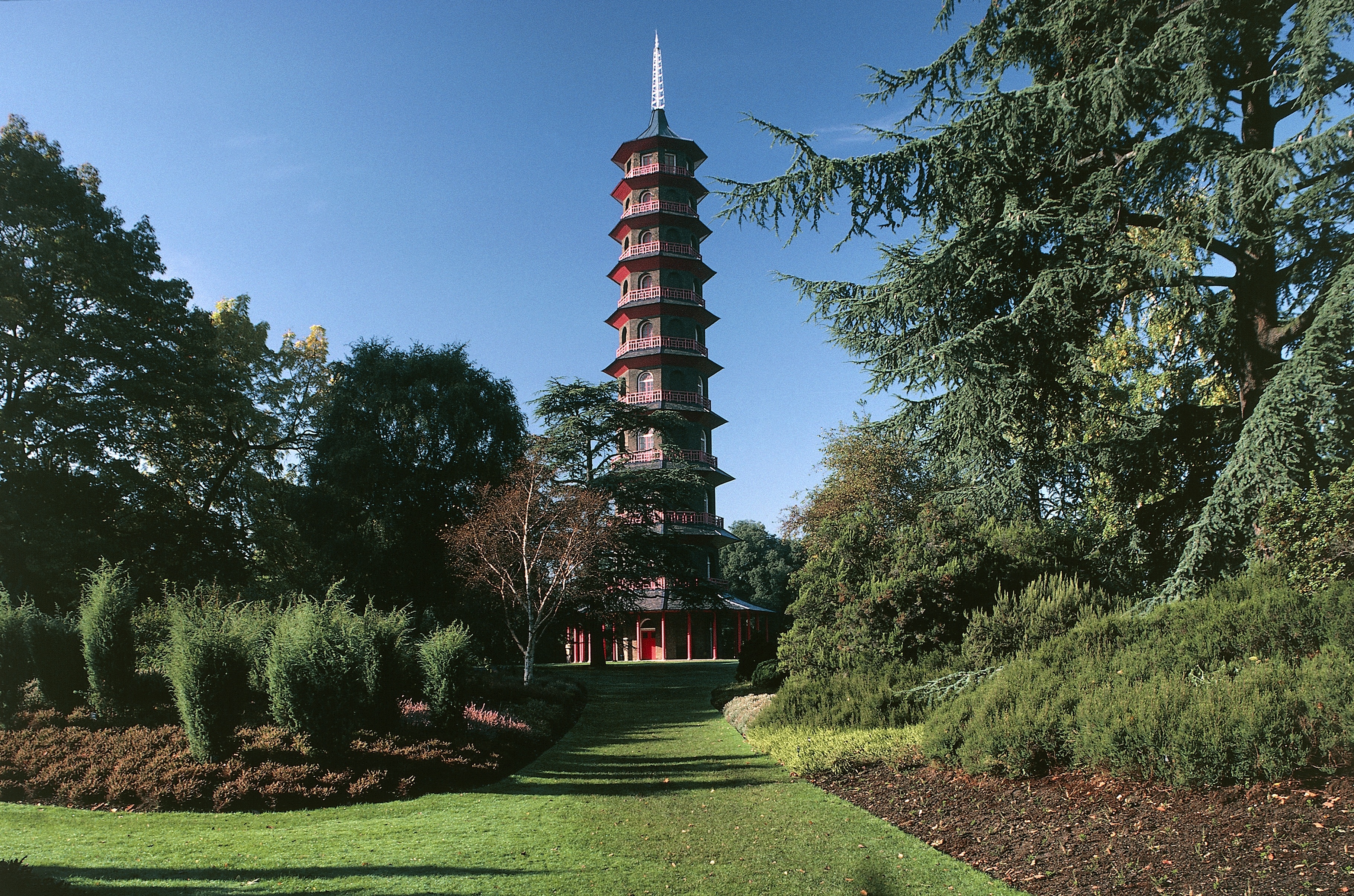
Curious Questions: Why does Kew Gardens have a giant pagoda?
The Pagoda at Kew Gardens, designed by Sir William Chambers, is one of the most famous, yet most incongruous landmarks
Charles Quest-Ritson is a historian and writer about plants and gardens. His books include The English Garden: A Social History; Gardens of Europe; and Ninfa: The Most Romantic Garden in the World. He is a great enthusiast for roses — he wrote the RHS Encyclopedia of Roses jointly with his wife Brigid and spent five years writing his definitive Climbing Roses of the World (descriptions of 1,6oo varieties!). Food is another passion: he was the first Englishman to qualify as an olive oil taster in accordance with EU norms. He has lectured in five languages and in all six continents except Antarctica, where he missed his chance when his son-in-law was Governor of the Falkland Islands.
